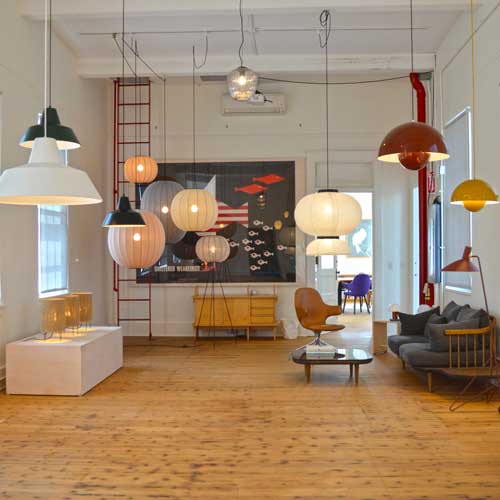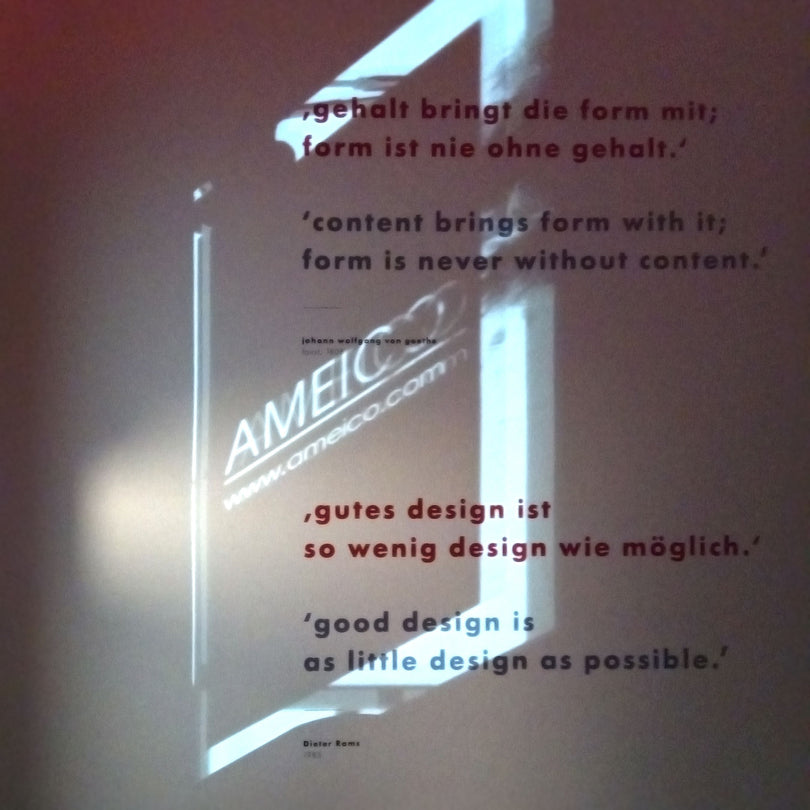

Gudme Leth - Bag - Cherry
Marie Gudme Leth was an outstanding Danish textile artist who achieved great recognition both in Denmark and internationally. Now her iconic pattern Cherry is being printed again.
Limited Stock Available
The happy and brightly colored pattern with birds between the cherry and peach branches today has iconic status within Danish handicrafts. The elegant and airy one became not least popular when Queen Ingrid chose it to decorate one of the princesses' rooms. Flowers were Marie Gudme Leth's love, and she was a fine draftsman who found inspiration in the Danish flora. The pattern is connected to the lush floral style that Marie Gudme Leth launched in the early 1940s. "In a dark time, you needed bright colors and colorful cheerfulness indoors", she said, with reference to the World War and the German occupation of Denmark. The cherry pattern was the first to be executed in a new technique of photographic transfer of the pattern of the fabric to the printing frames. With this, even greater precision could be achieved in the drawing itself.
Material: The textile is hand-printed at Frösö Handtryck in Northern Sweden. As the motif is hand-printed, the individual prints may vary.
The material is 100% linen with pigment colour.
Design by: Marie Gudme Leth
Design year: 1940
Marie Gudme Leth was born in 1895 in Aarhus, where she grew up. At the age of 18, she entered the Art Industry School for Women and then followed a few semesters of teaching at the Academy of Arts.
In 1921, Marie Gudme Leth traveled to Java, where she stayed for three years. Here she saw how print and fabric could be part of a whole, and what beauty values they contained. She also had the opportunity to study the many processes that the batik craft consists of.
When Marie returned home, she wanted to further her education in fabric printing. In Denmark, however, there was no longer any tradition to build on. In the 18th and 19th centuries there had been printers and dyers both in Copenhagen and in the province, but during the 1800s the country was flooded with foreign industrial products that completely suffocated the old craft.
Now fabric prints were mainly imported from German and English factories, and Marie Gudme Leth found them "unpleasant and ugly". She didn't just want to turn her drawings into fabric prints on a hobby level, she wanted to turn fabric printing into a Danish craft that could compete with the imported fabrics - and would like to outdo them on the basis of quality and beauty.
Gudme Leth wanted to put fabric printing on the world map, and he succeeded. She participated in a large number of exhibitions abroad, and everywhere her printed fabrics were received with great enthusiasm. Among other things, she received a gold medal at the World Exhibition in Paris in 1937 and at the Triennale in Milan in 1951. In the 1950s, her textiles were exported with great success to the USA and Canada in particular.
In 2006, Marie Gudme Leth's life's work became part of the Ministry of Culture's Cultural Canon for Design and Crafts.










